I enjoy using all sorts of different kinds of tools for drawing and painting, and I thought I’d share a little bit about a few of the blending tools that I use when drawing:
Sponges
I really enjoy using the sponge blenders that are by Sofft and are usually sold as pan pastel tools. I don’t use pastels very often, but these sponge blenders make really great soft transitions in large areas of dry powdered graphite or charcoal. I use them a lot too when they have some of the graphite left on the sponge as a way to lightly sketch in a loose start, or just to use what’s left on it to create a light shade without the addition of any other powder or drawing on the surface. These are firm sponges and hold up really well while also creating some really sensitive and soft strokes and blends. You can use them to make marks as well by picking up the powder with it and putting onto the surface in either wet or dry method, and the different shapes and edges make different effects when used that way.
I also like to use the sponges on these dual-ended blenders for slightly smaller areas using powder or if there is a drawing already on the surface, I’ll smudge the line drawing with these as well. The other end is a rough-textured felt blender, with blending properties similar to cardboard blending stumps. I don’t use that end as often but they work well too for smaller areas of smudging and blending, depending on the surface I’m working on.
Brushes
The brushes I use to blend for drawing tend to differ depending on what surface I’m working on, or if I’m drawing with dry or wet media. I tend to keep my dry brushes and my wet brushes separate. Here are a few of the brushes I use for blending and a little bit about them.
I use mops, blenders and other various sables of all sizes, depending on the area that I’m blending. In general, the size of the brush is relative to the size of the area. For dry large areas of soft transitions or gradients, I’ll use mops most times to spread out the powder, and build several light layers over the top of each one until I get the gradient or darkness that I am trying to achieve.
I also use brushes called blenders for all different sized areas of softness and subtlety. I have a couple of very small blenders that have more course bristles and I find that they work very well for smudging line work and filling small areas of shading. I’ve found blenders to make great sketching tools too, when there is some graphite still left in the brush, just to loosely make a few marks for notetaking or spontaneous flow, even when cleaning the graphite powder out of the brush. ; )
There are a few brushes shown in the image earlier that are sold as makeup brushes too. I like to try those out to see if they can do some things that might be similar to the art brush that looks and feels the same, or to try a few new things I haven’t tried, just to see what can be done with them.
I also use graphite and charcoal with water or in water-soluble form too, and when I do, I usually use sable brushes such as filberts, blenders, flats, brights and rounds, depending on how small the marks I want to blend out and make are. In the case of blending, in wet media, Blending is done in both a direct application of the water-soluble media, or in the pick-out of it as well. I tend to use a combination of both – a painting with and picking out – when I draw in wet media.
Here are a couple links on Amazon to a couple of the things I mentioned, in case anyone might be interested in giving them a try:
Blending Sponges – click here
Dual-ended blending tools – click here
Happy drawing!


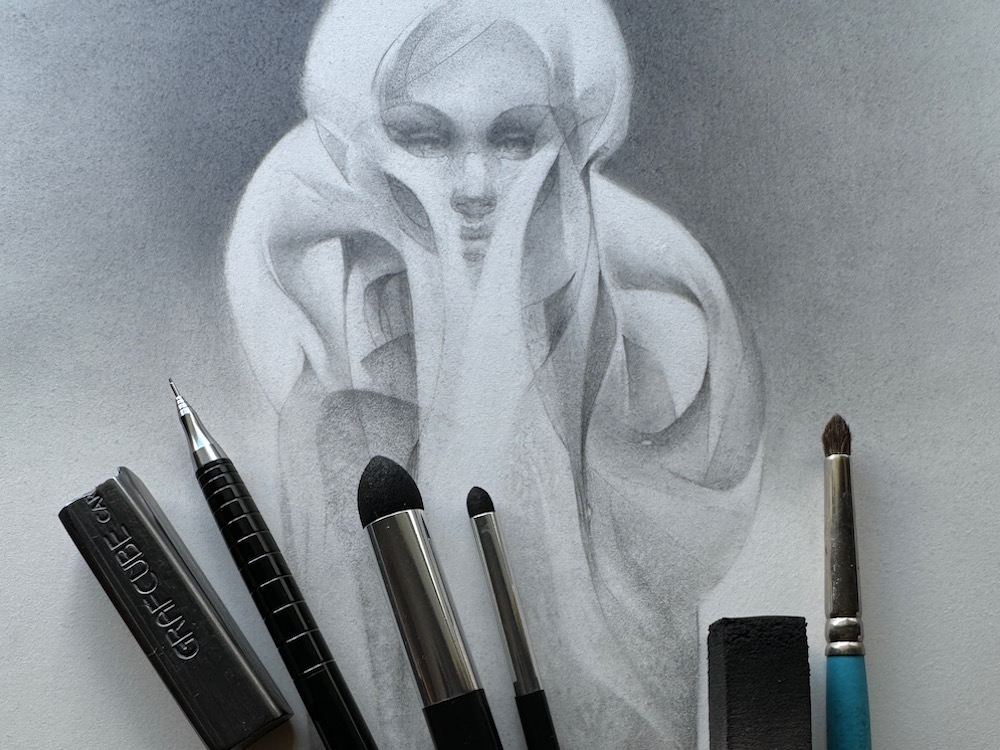

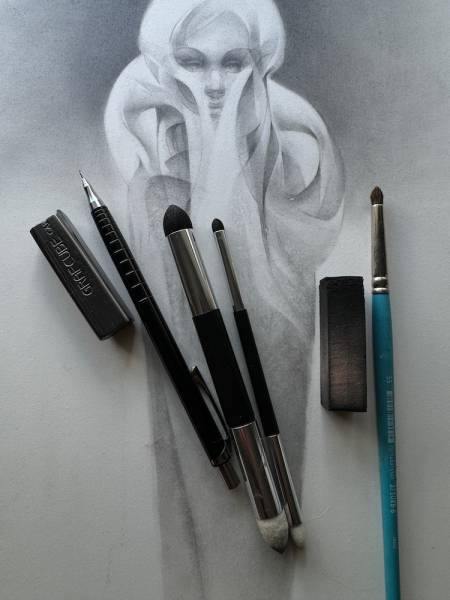
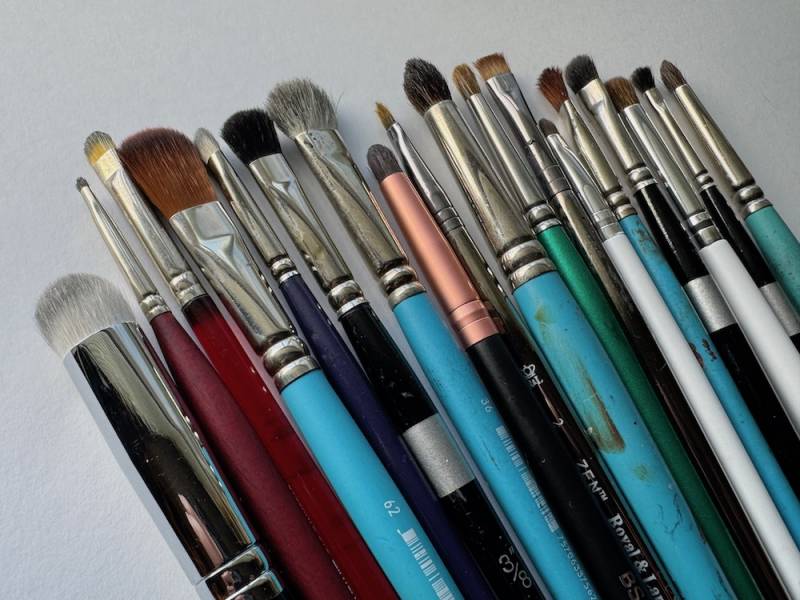


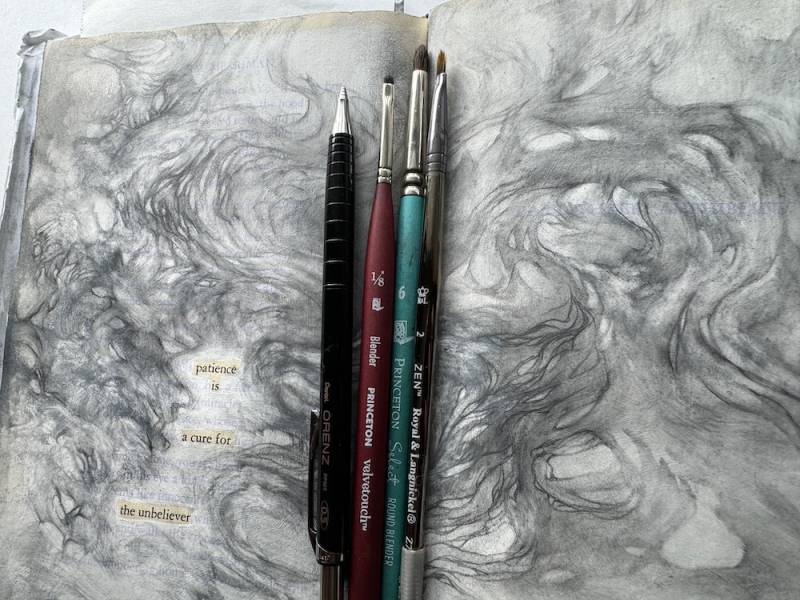
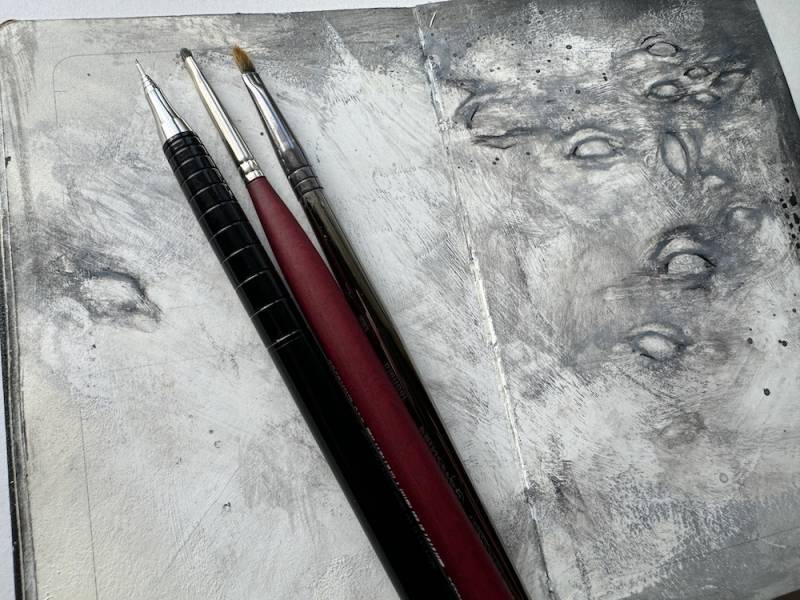
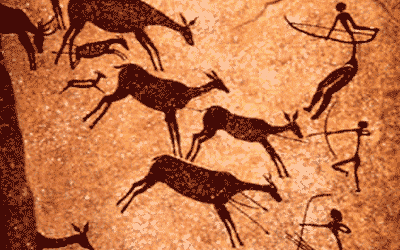
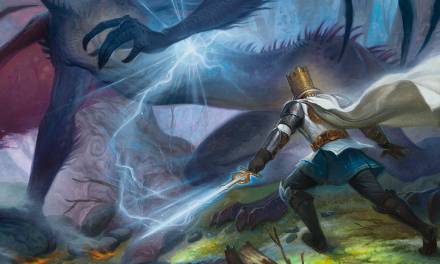

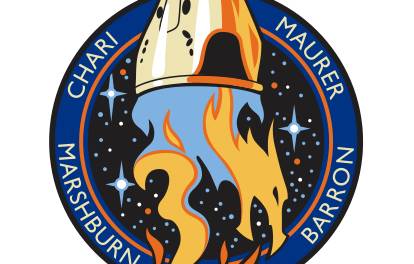

Hi,
I am always fascinated with your process, because I am (obiously) a huge fan with the unique results you get. I’d like to ask a question: do you ever use Isopropyl-alcohol in combination with charcoal in addition to water? If yes, what’s the pros/cons?